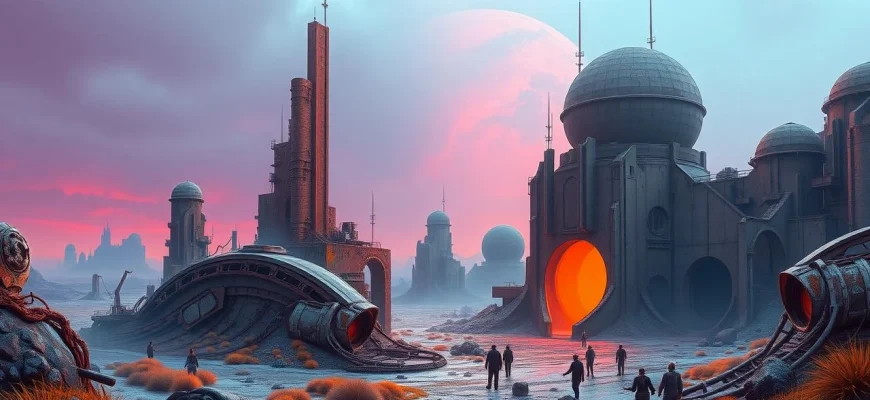If you're a fan of the surreal and thought-provoking sci-fi classic 'Zardoz' (1974), you're likely drawn to its unique blend of philosophical themes, dystopian settings, and mind-bending visuals. This article is for you! We've curated a list of 10 movies and shows that share the same offbeat, cerebral, and visually striking qualities as 'Zardoz.' Whether you're looking for more existential sci-fi or just want to explore similar cinematic experiences, this list will guide you to your next favorite watch.
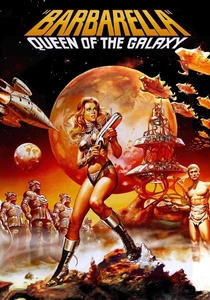
Barbarella (1968)
Description: Barbarella, like Zardoz, is a campy, visually extravagant sci-fi film that doesn't take itself too seriously. Both films feature psychedelic aesthetics, sexual themes, and a mix of adventure and satire. The playful tone and imaginative set designs are key similarities.
Fact: The film is based on the French comic series by Jean-Claude Forest. Jane Fonda's iconic opening zero-gravity striptease was achieved using wires and a rotating set. The film was a box office success and became a cult classic.
 Watch Now
Watch Now 
THX 1138 (1971)
Description: Directed by George Lucas, THX 1138 is a dystopian sci-fi film that, like Zardoz, explores themes of individuality versus societal control. Both films feature a sterile, oppressive future where human emotions are suppressed, and the protagonists rebel against the system. The minimalist visual style and philosophical undertones are also points of comparison.
Fact: This was George Lucas's first feature film. The title comes from Lucas's telephone number at the time: 849-
 Watch Now
Watch Now 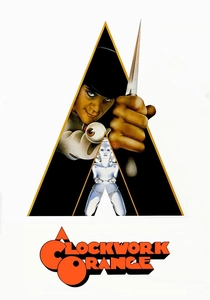
A Clockwork Orange (1971)
Description: Stanley Kubrick's A Clockwork Orange shares with Zardoz a provocative and controversial exploration of human nature, free will, and societal control. Both films use striking visual imagery and unconventional storytelling to challenge the viewer. The themes of violence, conditioning, and rebellion are central to both.
Fact: The film was banned in several countries due to its violent content. Malcolm McDowell wore special eyelid clamps to keep his eyes open during the 'Ludovico Technique' scenes. The film's soundtrack features classical music, including Beethoven's Ninth Symphony.
 Watch Now
Watch Now 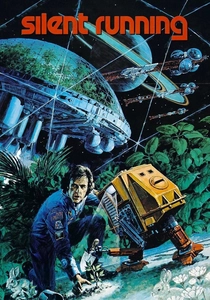
Silent Running (1972)
Description: Silent Running shares with Zardoz a focus on environmental themes and the relationship between humanity and nature. Both films feature protagonists who rebel against a system that disregards ecological balance. The use of practical effects and a somber tone are also similarities.
Fact: The film's drones were operated by amputees. The director, Douglas Trumbull, was a special effects expert who worked on 2001: A Space Odyssey. The film's ecological message was ahead of its time.
 Watch Now
Watch Now 
Solaris (1972)
Description: Solaris, another Tarkovsky film, shares with Zardoz a focus on psychological and philosophical themes. Both films explore the nature of reality and human perception, using sci-fi as a backdrop for deeper questions. The contemplative tone and visual poetry are key similarities.
Fact: The film is based on the novel by Stanisław Lem. Tarkovsky considered it a response to 2001: A Space Odyssey. The film's lengthy runtime and slow pace were controversial at the time.
 Watch Now
Watch Now 
Fantastic Planet (1973)
Description: This animated French film, like Zardoz, features a surreal and imaginative world with allegorical themes. Both films use unique visual styles to explore power dynamics and societal structures. The psychedelic aesthetics and philosophical undertones are key similarities.
Fact: The film won the Special Jury Prize at Cannes. The animation style was inspired by Czech surrealist Jan Švankmajer. The soundtrack features experimental electronic music.
 Watch Now
Watch Now 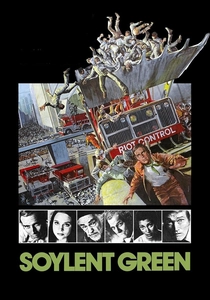
Soylent Green (1973)
Description: Soylent Green shares with Zardoz a dystopian vision of the future where society is controlled by a powerful elite, and the truth is hidden from the masses. Both films delve into themes of environmental degradation and human exploitation, with shocking revelations about the nature of their respective societies. The bleak tone and social commentary are key similarities.
Fact: The film is set in the year 2022, which was far in the future at the time of release. It was Charlton Heston's last film under his contract with MGM. The famous line 'Soylent Green is people!' was kept secret until the film's release to preserve the twist.
 Watch Now
Watch Now 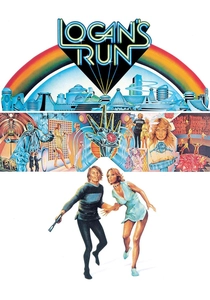
Logan's Run (1976)
Description: Like Zardoz, Logan's Run is a dystopian science fiction film that explores themes of societal control, rebellion, and the search for truth. Both films feature a protagonist who questions the established order and seeks freedom from a repressive system. The visual aesthetics of Logan's Run, with its futuristic yet somewhat dated look, also share similarities with Zardoz's unique and sometimes campy style.
Fact: The film is based on the 1967 novel by William F. Nolan and George Clayton Johnson. The iconic 'Carousel' scene was inspired by a similar concept in the novel where people are 'renewed' at a certain age. The film's production design won a Special Academy Award for its visual effects.
 Watch Now
Watch Now 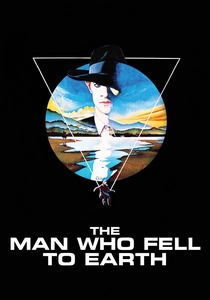
The Man Who Fell to Earth (1976)
Description: This film, like Zardoz, features an otherworldly protagonist navigating human society, with themes of alienation and corruption. Both films use surreal visuals and a slow, contemplative pace to explore their themes. The outsider perspective and existential questions are central to both.
Fact: David Bowie made his acting debut in this film. The director, Nicolas Roeg, was known for his unconventional storytelling. The film was critically acclaimed but initially struggled at the box office.
 Watch Now
Watch Now 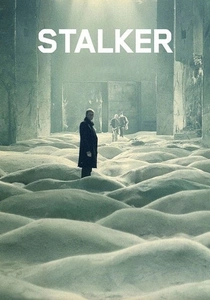
Stalker (1979)
Description: Andrei Tarkovsky's Stalker, like Zardoz, is a philosophical sci-fi film that explores deep existential questions. Both films use a slow, meditative pace and striking visuals to convey their themes. The sense of mystery and the search for meaning are central to both.
Fact: The film was shot twice due to a lab accident that ruined the first version. The Zone was filmed in an abandoned hydroelectric plant. The film's ambiguous ending has been the subject of much debate.
 Watch Now
Watch Now 
